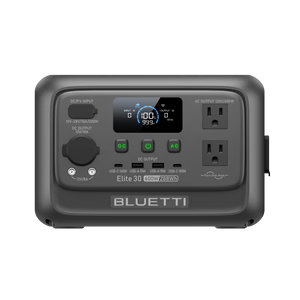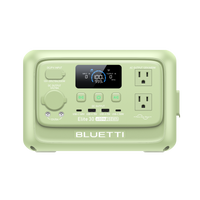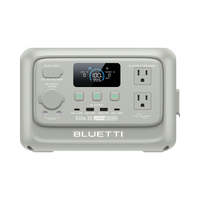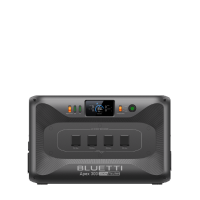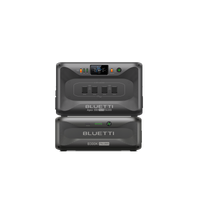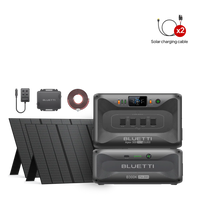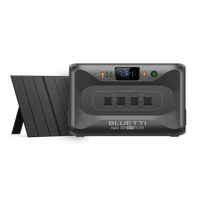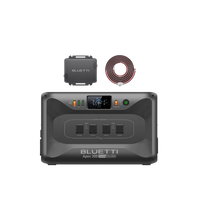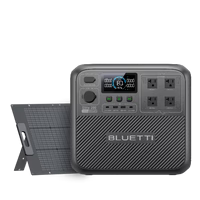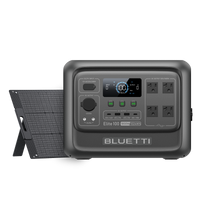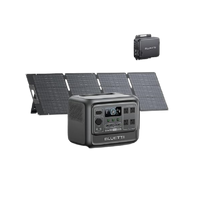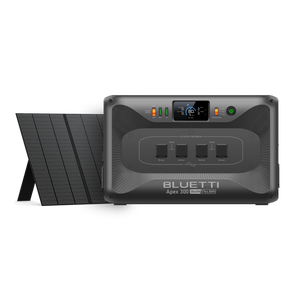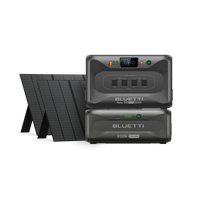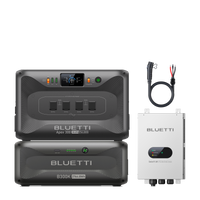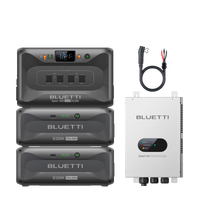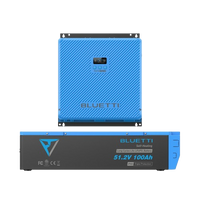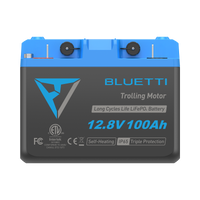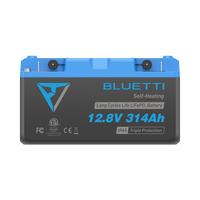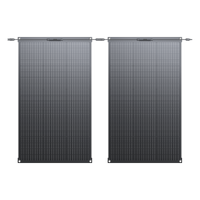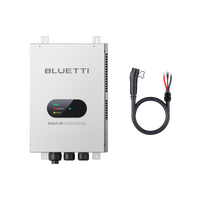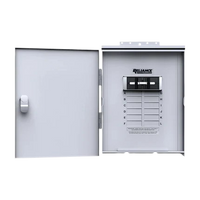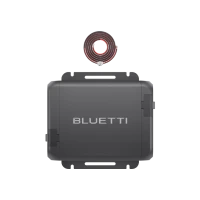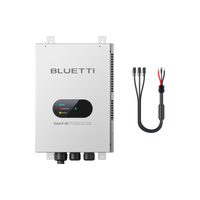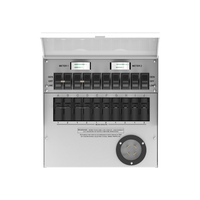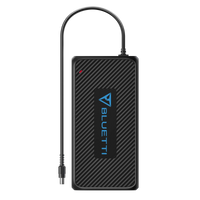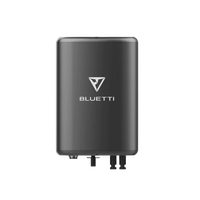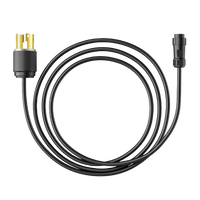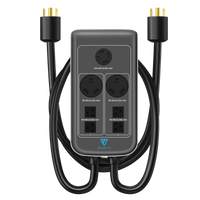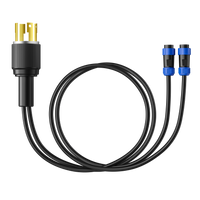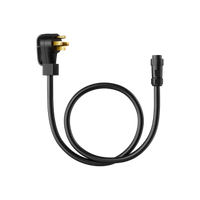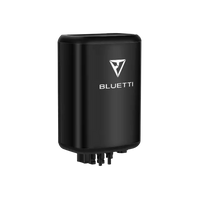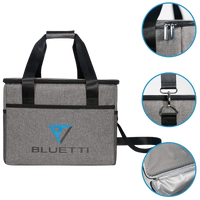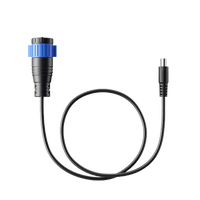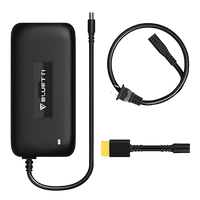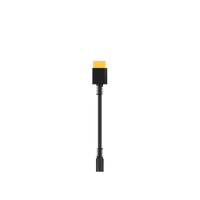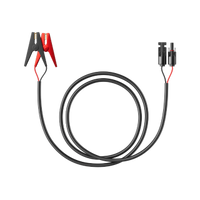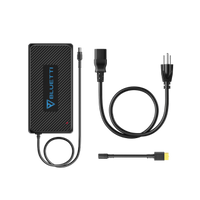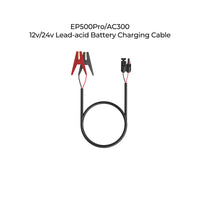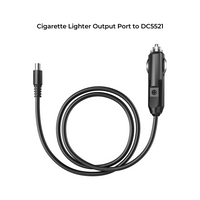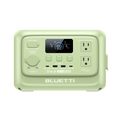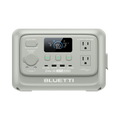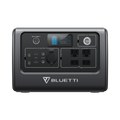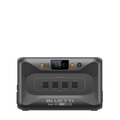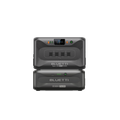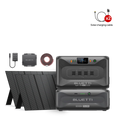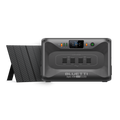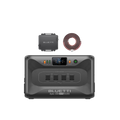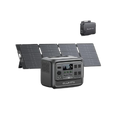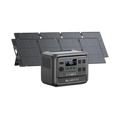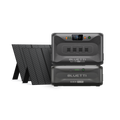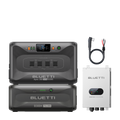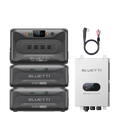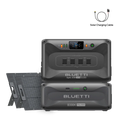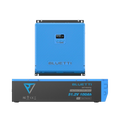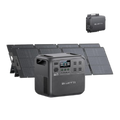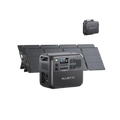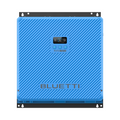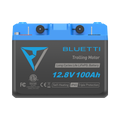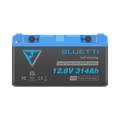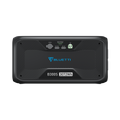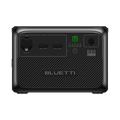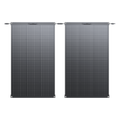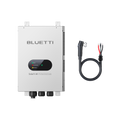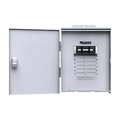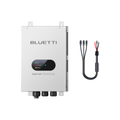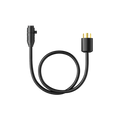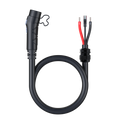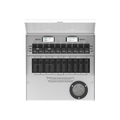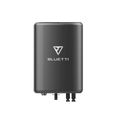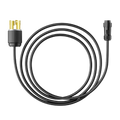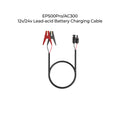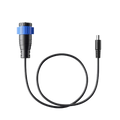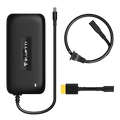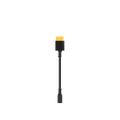It's beyond a matter of curiosity. It's also about how much power household appliances consume, in the present day energy-sensitive world. Among the most used appliances in this regard is the clothes dryer, and this appliance is also one of those where the least attention has been put on its energy consumption. This article will focus on the details: how much electricity a dryer uses. We'll review what it costs to operate it, etc.
How Many Watts Does a Dryer Use?
This ranges a lot according to the make, model, and incorporated features. A rough estimation for average dryers is from around 1,500 watts up to 5,000 watts. The large variance here is because of the size of the dryer and the technology used for drying—be it traditional, vented, condenser, or heat-pump, and, of course, energy efficiency. It's quite simple: with an appliance's voltage and amperage, one can calculate the wattage, which is usually found on the yellow EnergyGuide label of your clothes dryer.
Understanding the wattage of your dryer may lead you to some estimate about energy consumption and the potential cost of running it. It is also worth noting that although energy-efficient models sometimes carry a higher purchase price, their lower wattage tends to save on the bottom line over time.
Related articles: How Many Solar Batteries Do I Need for My Home?
How Many Solar Panels Do I Need to Run My House?
How Many Watts Does a Computer Use?
How Much Electricity Does a Dryer Use?
The kilowatt-hours used comes as a result of two aspects. These include the wattage of the equipment and its rate of usage. It is hence very important to determine the number of times the device is used in a week. That is, for example, running a 3,000W machine one time in a week. This will use up 3 kWh/week, 13 kWh/month, and 156 kWh/year. Now the same appliance, when put on three times a week, comes to be 9 kWh/week, 39 kWh/month, and 468 kWh/year.
At this point, the running 900 W machine will be multiplied by the days of the week for giving 21-kWh weekly, 91-kWh monthly, and 1092-kWh yearly. These numbers show that it is important to look not just at the rating of your dryer in watts but at how much time you actually use it. This will change your laundering routine and thus reduce the consumption of electricity by the dryer.
How Much Does It Cost to Run a Dryer?

This appliance can be a huge part of your energy expenses each month. With the average being 3,000 W and it running three days a week, on average, to run a dryer for one month is about $5.53 and for a year about $66.41. That price varies, of course, by how much electricity costs in your location and the actual energy efficiency of your dryer.
But do realize this: the cost goes down for more efficient dryer use—like running full loads or using lower heat settings. Another advantage is that it is worth spending for later savings on operating costs.
How Much Money Can Solar Panels Save You?
One good way to offset running expenses is by the use of these options. To sum it up, the savings would depend on the sunlight exposure of the place, the size and efficiency of the solar panel system, and the electric rates in the area. A typical homeowner would save from $10,000 to $30,000 over the life of a solar panel system. Usually, after 7–8 years, the solar panel installations come out and pay for themselves, after which you get virtually free electricity.
Besides the money benefit, using solar panels for energy use goes hand in hand with sustainable and green living. Using power from the sun reduces the consumption of fossil fuels and minimizes carbon footprints. The best solar panels to consider include:
BLUETTI PV200

It is designed to set up easily and withstand rough conditions. It effectively harnesses solar power from the sun by converting as much as 23.4% of the sun itself, even under weak sunshine or in not very good weather conditions. An adjustable kickstand is included for setup at different angles to get the best amount of sunlight.
To go with that, the PV200 has been made compatible with a range of BLUETTI generators, offering up to 50% faster charging times. One such example is the BLUETTI EB55, which can be charged in as quickly as 3 hours. The ETFE coating and IP65 junction box make the PV200 scratch- and water-splash-proof, meaning it is perfect for any outdoor application, be it camping, fishing, or hiking. In essence, the PV200 is effective and reliable in harnessing daylight power.
BLUETTI PV350

It is a powerful and portable collector for off-grid electricity supply. It is able to power a laptop down to electric drills, making it a versatile choice for at home or out of doors. With all this might, the PV350 still maintains portability through size and weight. Laminated technology and tough ETFE material make this solar panel easy to clean and resistant to scratches.
Besides, this module has an excellent high conversion efficiency of 23.4% and, more importantly, a better output under low light compared to the polycrystalline solar panels. With the MC4 connectors, the PV350 is compatible with most solar generators in the market but mostly with the BLUETTI. In a word, the PV350 combines power with portability and compatibility into a big way for great solar energy fans.
How Many Volts and Amps Does a Clothes Dryer Use?
This varies. Most use from 7.5 to 30 amps and operate off a 240-volt outlet. The actual voltage and amperage of any specific dryer will be located on the EnergyGuide label. Voltage and amperage can thus influence how much it consumes in energy, impacting operational costs.
Realization of these technicalities will put you in a better position to judge when purchasing a new clothes dryer or checking for the efficiency of your present one. It should, however, be noted that those with a lower amperage would, of course, take more time to dry the clothes, but in overall perspective, it would be much more economical and energy-friendly.
What Size Battery Do You Need to Back up a Clothes Dryer?
When you think about a backup power solution for your house, you may wonder what it would take to run a clothes dryer and just how big that battery would have to be. Most common home batteries, like lithium-ion, have over a 4-5 kW power rating and over 10kWh of usable capacity. Since clothes dryers draw 1,500 to 5,000 W at a time, a number of batteries would do just fine for backup and in powering your clothes dryer.
It would be important not only to consider the capacity but the lifespan, efficiency, and cost of the battery for your dryer. A good battery shall be able to back up your dryer and other instruments, thereby ensuring that your household operates continuously even if the power is insufficient. The best-recommended battery backup in this case is the BLUETTI EP500Pro. Here is its review:
BLUETTI EP500Pro

It is an all-in-one backup powerhouse that features the world's pioneering 5120Wh LiFePO₄ battery pack and a 3000W rated pure sine wave AC inverter. The pure sine wave inverter means that your appliances are going to get perfect, stable power, protecting them from all possible damage related to fluctuations in power. With a big 500Wh capacity, the EP500Pro lets you power several devices at once, making it the best solution for bigger households and small businesses.
It can power anything from a laptop to an air conditioner, lending it to use from camping with the family to a sudden blackout at home. Advanced Battery Management System and LiFePO4 chemistry make it safe and durable. One of the amazing features of the EP500Pro is that it can be upgraded through its firmware to have the most up-to-date version of any internet connection—a clear testament of BLUETTI's dedication to further improvement. Also, firmware upgrades can be done, so your EP500Pro grows and evolves with your needs.
Another feature is that the EP500Pro offers a seamless UPS backup feature so that your home has a power source after grid energy loss. This UPS backup feature will make sure that you have peace of mind, assured of a constant power supply even in times of power blackouts. Unlike gasoline generators, EP500Pro works free of any kind of maintenance, fuel, carbon monoxide, or noise. To sum it up, the BLUETTI EP500Pro is a tough, intelligent, and constantly innovating solution for home power.
Final Thoughts
The first step to a more sustainable and cost-effective household is the understanding of how much energy our appliances utilize. In understanding electricity use by our clothes dryer, we can well decide upon our energy consumption and may even think in terms of using alternative energy, for instance, solar panels. Remember, going solar is one of the most effective ways to reduce or eliminate your electric bill. As we continue to live for a future based on sustainable development, every bit of energy saved counts. In conclusion, although some of these might result in high initial costs, the long-term savings and environmental gains made from energy-efficient appliances and solar panels make them a valuable investment.
